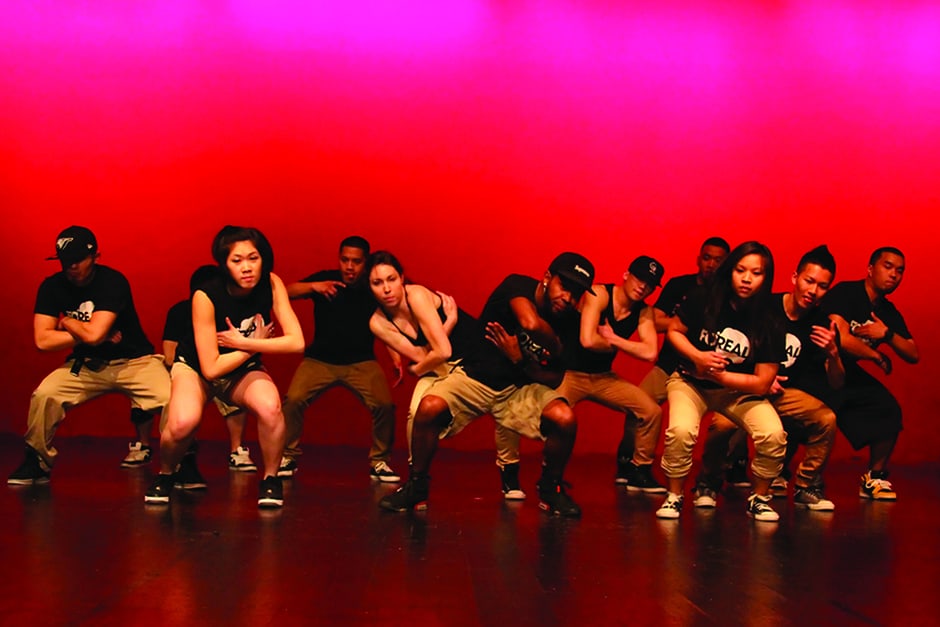I manage to catch Deborah Lim on what may be one of her busiest days of the year; the opening night of Hart House Theatre’s U of T Festival of Dance. The two nights of performance are the culmination of a year’s worth of work for Lim — the director of the festival — and her assembled production team.
“Ask me again in a year,” she laughs, when I ask whether she’d consider taking on a project like the festival again. Lim is in her fifth and final year at U of T as a drama and criminology major who’s been actively involved in the student theatre community for many years. For Lim, choosing to direct the festival was a natural progression of her interests; she’d already worked with Hart House Theatre on projects like The Importance of Being Earnest, and she’s interested in pursuing theatre administration.
“We actually only got to meet a lot of the performers this past week during [technical week],” she tells me, explaining that much of organizing the festival is based on email correspondence over the course of the year between different groups.
And it must have been a lot of emails, because the festival showcases a total of 50 dance numbers, with 25 unique performances each night. Some dance numbers have up to 40 members on stage at any one time, and when I ask Lim how many performers that means for backstage, she pauses and then says, “Usually around 150.”
What’s impressive about the festival is not merely the amount of dance that it showcases, but the variety. The theme of this year’s festival is “Trip around the World,” and participants range from groups that are “not necessarily dance-focused,” like Engineering sketch troupe Skule Night, to the UTM dance team, to off-campus groups like 219 Entertainment.
Opening night featured a range of acts from Irish dancing — Three Sea Captains, performed by members of the Celtic Dance Centre — to pieces focused on social commentary, one of which addressed contemporary societies’ dedication to their smartphones.
As I sit in the theatre, watching the differing types of dance, it strikes me that what I’m witnessing is really one of the most collaborative arts events I’ve seen in my four years at U of T. Different campuses are represented, dancers of all ranges of ability and genre take the stage; it feels more like a collaborative expression of our university than any event I’ve attended all year.
Lim’s favourite parts of the show doesn’t center on any one group or number — when asked what the most rewarding part of the experience has been, she responds, “I guess that’s sort of a two part answer; on the one hand, working with such an incredible group of people, and on the other hand, after working on it for so long, getting to sit back and watch the whole thing unfold.”


